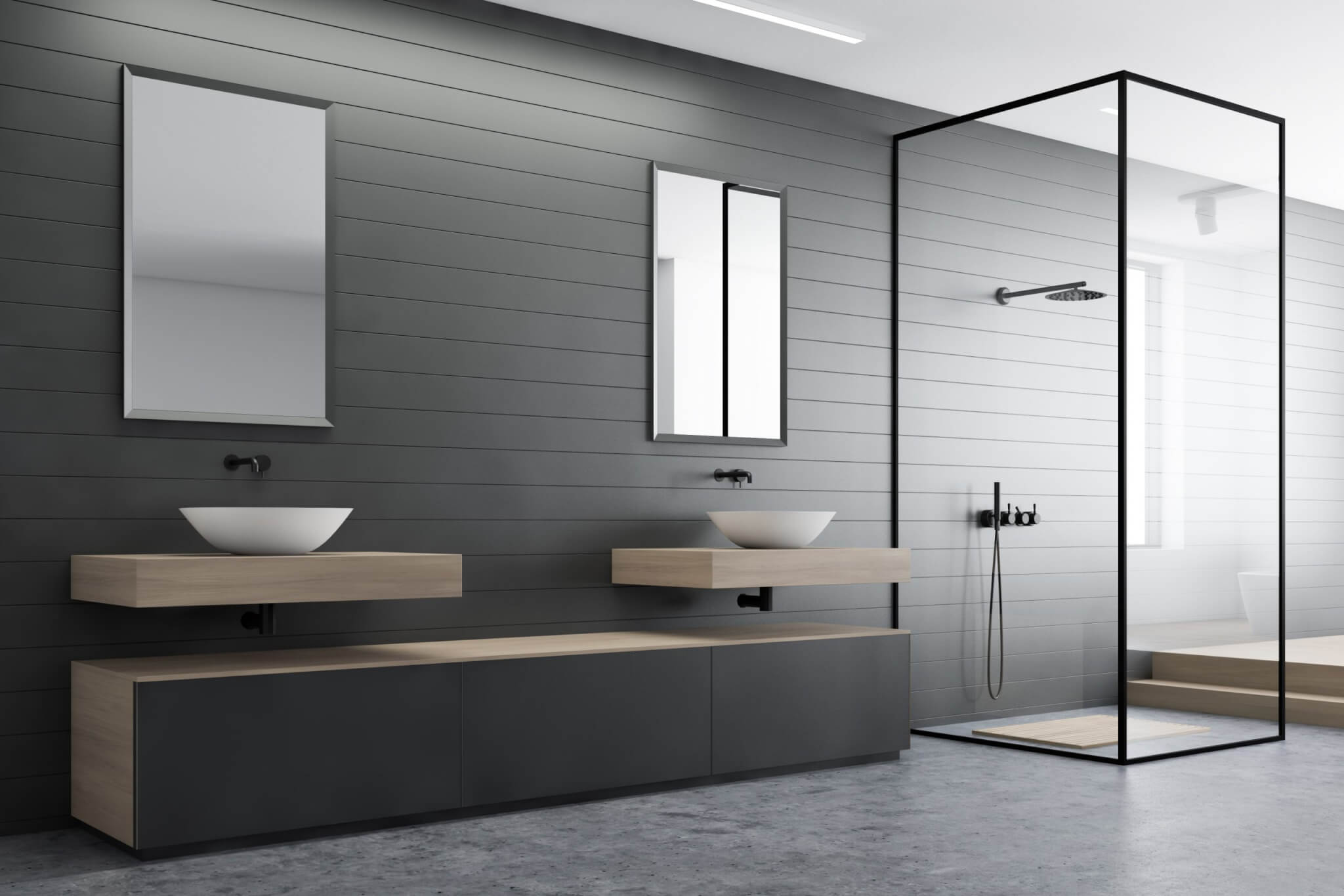Using shower screens are a great way to contain water as you shower. However, the seals around these shower screens can fail along with time. This will cause extensive damage to floors, walls, and ceilings of your home. If left unaddressed, you will also have to deal with issues such as rotting and the growth of mold. That’s why you need to be aware of how to prevent water leaks from shower screens. Read on and let’s explore more on how you can do it.
Inspect Seals Regularly
The rubber or vinyl seals around your shower screen doors and enclosure panels are the first line of defense against water escaping. But these seals gradually wear out and crack over years of use. Get in the habit of visually inspecting the seals around all edges of the shower screen once a month when you clean the bathroom. Look for any visible cracking or gaps in the seal, which means it needs replacement. Also check for any sections where the seal looks loose or separated from the surface it adheres to.
Reseal at First Sign of Leaks
If you do notice water getting past the seals or notice any dark brown stains forming on the walls near the edges of screens, don’t delay getting it resealed. Allowing leaks to persist can saturate walls and allow water to infiltrate behind tiles and down into subfloors beneath. As soon as a leak is spotted, thoroughly clean and dry around the shower screen seals and apply a quality resealing kit designed for bathrooms.
Most kits provide adhesive silicone gaskets to layer over existing seals after you thoroughly clean them. Take your time and follow instructions to achieve the best seal possible.
Consider Glassless Shower Enclosures
One way to eliminate leaks from shower screens altogether is to forgo traditional glass shower doors and panels and instead install a glassless shower system. These modern bathroom solutions feature entrance designs made completely out of resin-based materials that are waterproof yet look like real tiles or stone designs.
Systems like those from Perlick Smart Glassless Shower Enclosures install right over existing shower surrounds with integrated water barriers and subtle slopes to keep all water directed towards the shower drain.
So, there are basically no seals or glass that can leak. And cleaning is much simpler with fewer grout lines and greater resistance to soap scum buildup.
Adjust Water Spray Direction
Sometimes there are no visible gaps or failures with shower screen seals, but water still leaks out along walls or under doors consistently. Often this happens if the showerhead’s spray direction is inadvertently hitting and accumulating directly on enclosure seams and doors on one side.
Adjusting the showerhead angle can redirect the spraying water to hit the back wall instead. Or installing a fixed shower head facing downward or two opposing shower heads targeting the middle of the enclosure helps water accumulate evenly rather than concentrating at leaky areas along the screens.
Add a Shower Curtain Inside Screens
For some leaky shower screens adding a shower curtain on the interior side of the glass screens and doors can catch escaping water and direct it back into the shower instead of on the bathroom walls and floor. Look for a shower curtain with strong magnets sewn into one vertical edge so it easily affixes and overlaps glass shower screen frames while still allowing entry and exit.
This secondary barrier localizes water inside until faulty seals can be repaired or replaced entirely. Use an anti-microbial polyester or plastic shower curtain liner that’s resistant to mold and mildew growth and easy to wipe down to limit residue buildup on its surface from soap scum and mineral deposits in shower water.
Use Silicone-Based Caulk Around Screens
If you spot any cracked or missing caulk around your shower screen frames’ points of contact with walls, tiles, shower pans or thresholds, refresh the watertight seals right away with a quality silicone bathroom caulk designed for wet areas. First thoroughly clean, dry and de-gloss the surfaces the new caulk will adhere to, so it bonds tightly.
Apply caulk generously using a caulk gun and plastic applicator. Smooth with a finishing tool and spritz with rubbing alcohol for a slick final surface seal. Properly sealing all edges and gaps around fixed portions of shower screens prevents water intrusion into the tiny crevices that expand over time.
Consider Shower Screen Alternatives
Some shower designs are inherently more leak-prone than others. For instance, frameless glass shower screens often leak with no metal frames or divisions between swinging doors, while models with multiple panels and seams tend to develop seal failures quicker simply due to greater linear feet of seals.
If your shower screen leaks persist despite vigilant maintenance, consider replacing it entirely with a new style less prone to leaking. Frameless screens can be replaced with metal-framed sliders, while multi-panel designs can be switched out for single glass door screens without any divider panels.
Folding accordion door shower screens can also help limit leaks compared to multiple doors. Consult with bathroom remodeling contractors on alternative seamless or less seal-reliant shower enclosure options.
Install a Drain Cover
Even if you stay conscientious about resealing leaky shower screens the second you spot water escaping, some residual moisture around the shower enclosure is inevitable especially as seals gradually fail. Installing a simple drain cover outside the shower pan along the bathroom wall blocks stray shower water from getting past the screens and flooding your bathroom.
The covers feature durable metal construction topped with a rubber seal to create a barrier from minor shower screen leaks but allow trapped water through drainage holes that connect to the main drainpipe below. This prevents unsafe puddles by directing water straight to the covered drain.
Final Words
By staying vigilant for any early signs of water seepage from shower screens and promptly resealing, caulking, or correcting spray patterns, Perth homeowners can save themselves major leaks and damage headaches down the line.
But if chronic leakage problems prove unsolvable with older shower enclosures, consider total replacements with less leak-prone modern acrylic, glassless, or solid surface shower wall systems to provide long lasting worry-free water containment during daily showering. Investing in moisture meters and drain covers also aids early leak detection and containment from imperfect shower screens that start to fail.




